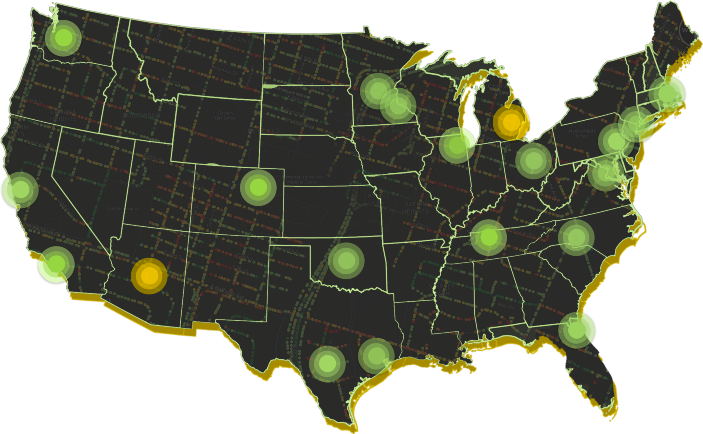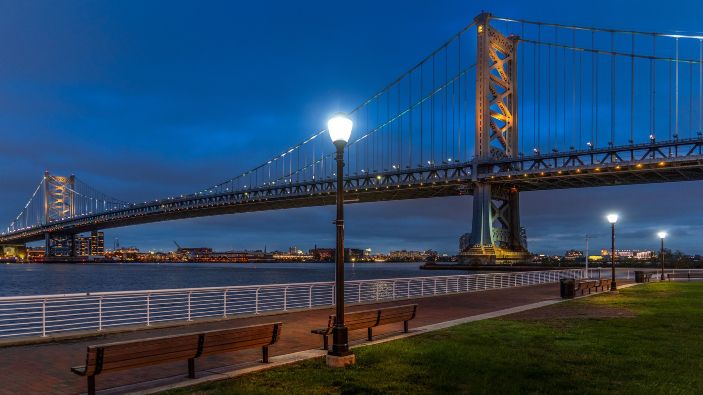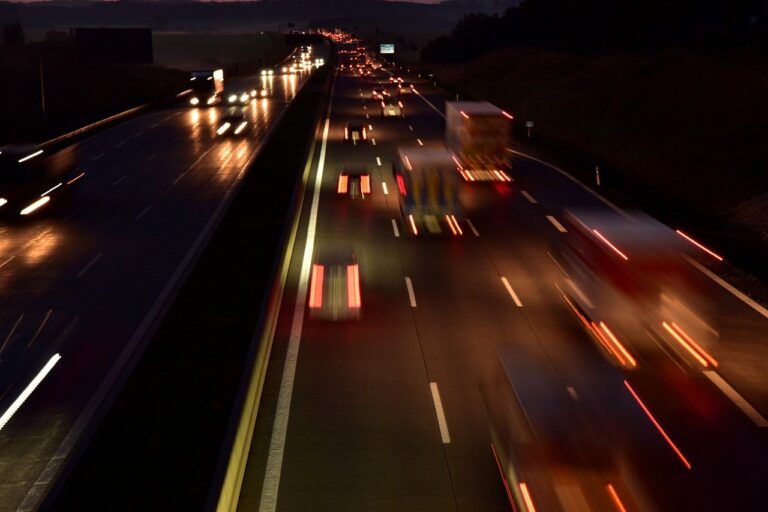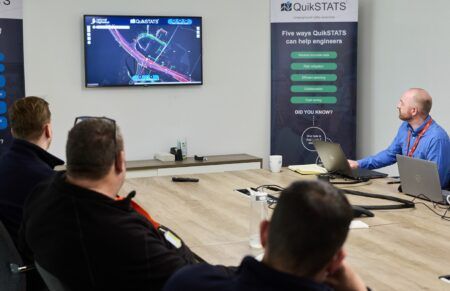As millions of Americans prepare to return to offices and downtown business districts for the first time since the pandemic began, the US Chamber of Commerce Foundation partnered with RoadBotics to assess roadway conditions in 20 of the nation’s major metropolitan areas.
The new study used artificial intelligence (AI) to assess roadway conditions in Boston, Charlotte, Chicago, Columbus, Denver, Detroit, Houston, Jacksonville, Los Angeles, Minneapolis, Nashville, New York City, Oklahoma City, Philadelphia, Phoenix, Saint Paul, San Antonio, San Francisco, Seattle and Washington DC. It then ranked the cities, assessing where the roadways could support increased traffic and where the infrastructure needs improvement.
“Stronger roadway systems get people to jobs, connect businesses to markets and serve major economic arteries,” says Michael Carney, senior vice president of emerging issues at the US Chamber of Commerce Foundation. “This innovative look at America’s roadways highlights the urgent need to improve infrastructure in some of the nation’s most dynamic metropolitan areas, and why keeping our roadways in a state of good repair is critical as the economy picks up steam.”

The study assessed 75 miles of roadway in 20 cities selected to represent a cross section of major metropolitan areas. Philadelphia’s roadways ranked best for road infrastructure, followed by Jacksonville and New York City. Other populous and congested cities like Washington and Los Angeles ranked 10th and 17th, respectively. Sprawling Houston ranked 13th, and Phoenix tied with Detroit for worst of the areas studied at 19th.
According to TRIP, a national transportation research non-profit organization, driving on roads in need of repair costs every driver about US$600 a year, and the bill to fix the nation’s roads grows higher the longer we defer infrastructure investments. The challenge with monitoring the state of infrastructure is twofold. Roadway networks are huge and require countless hours for people to physically observe and assess conditions.
For the 20-city survey, RoadBotics gathered visual data from smartphone cameras mounted to the windshields of vehicles and used AI to analyze it. The collected videos of the pavement identified surface distresses like potholes and cracks and repeated this analysis for the next section until it generated a high-definition map of a sample of the road system. The practice not only accelerates the road assessment process, but also provides actionable data that can be used to inform other infrastructure decisions.

“The great thing about having objective, visual results are that you know what you have and what condition it’s in, creating a digital twin of your road infrastructure. You can begin to plan for short-term repairs, new construction, or long-term maintenance,” says Benjamin Schmidt, co-founder and CEO of RoadBotics.
As America gears up for one of its largest infrastructure investments to date, technology-enabled private sector innovation can play a key role in addressing our most critical needs, while eliminating wasteful spending by allowing government agencies to better manage transportation staff, road improvement projects, and the overall cost of assessment.
This study adds to the growing body of research demonstrating the critical connection between infrastructure investments and economic health. The ability to safely and efficiently transport goods and services directly impacts America’s ability to grow and compete. Poorly maintained roads threaten the nation’s business community, already hard hit by pandemic losses. As Americans return to offices and downtowns, and as businesses enter a new phase of recovery, one thing is clear: infrastructure investment has never been more important.
To see the full report and 20-city ranking, click here.





